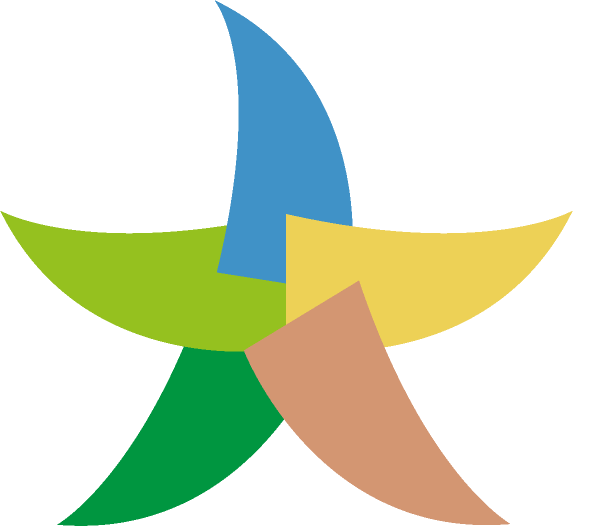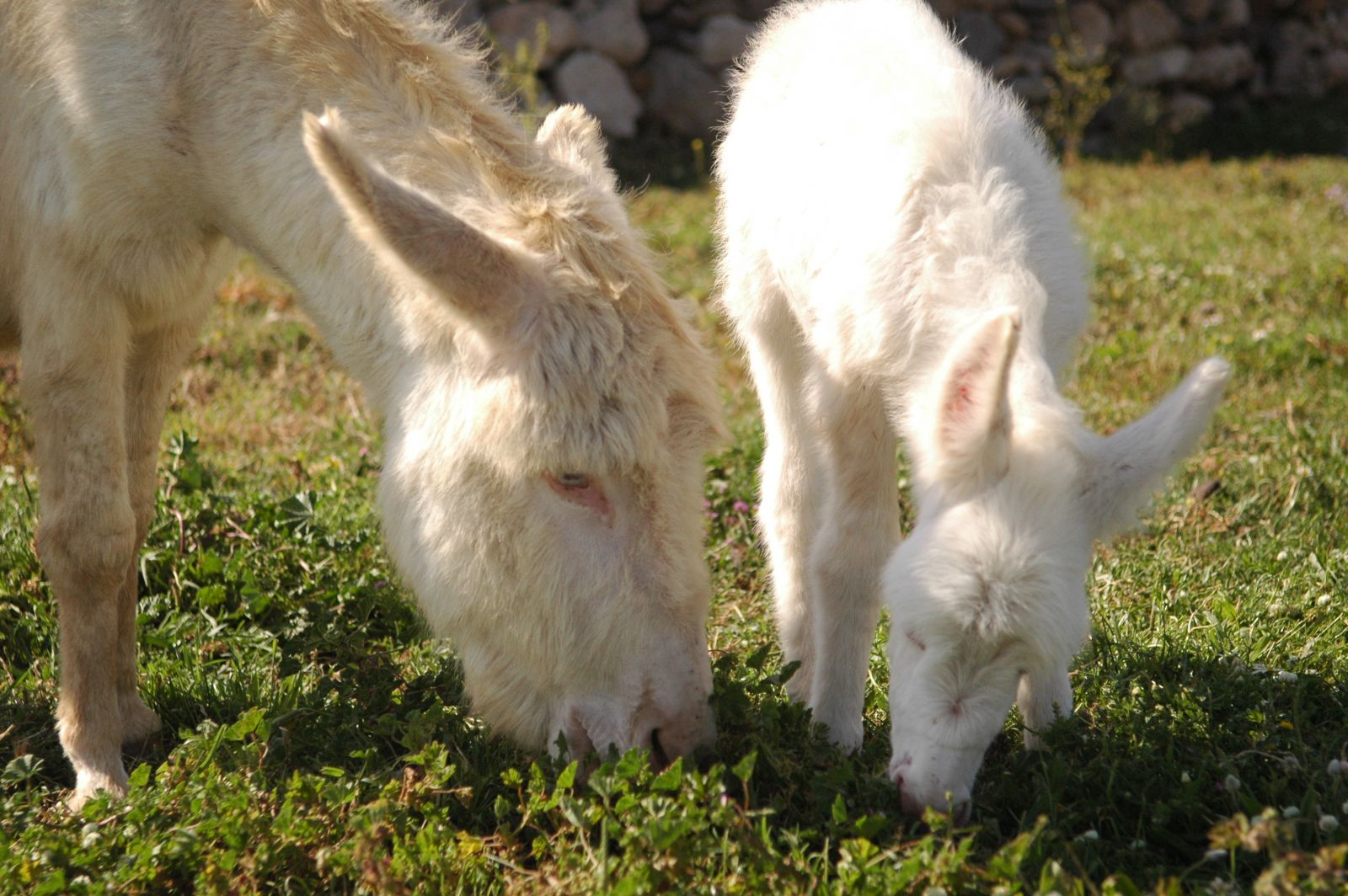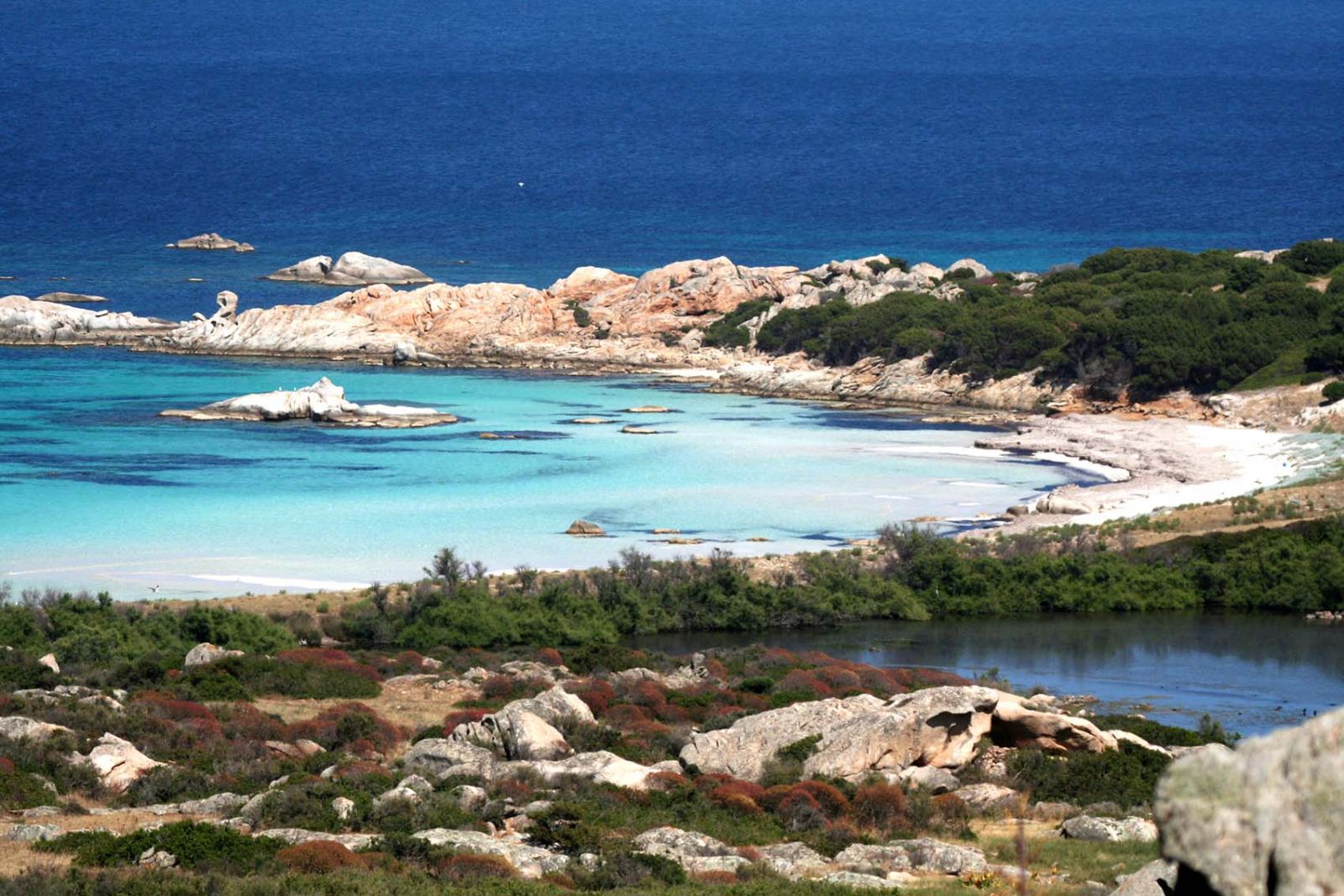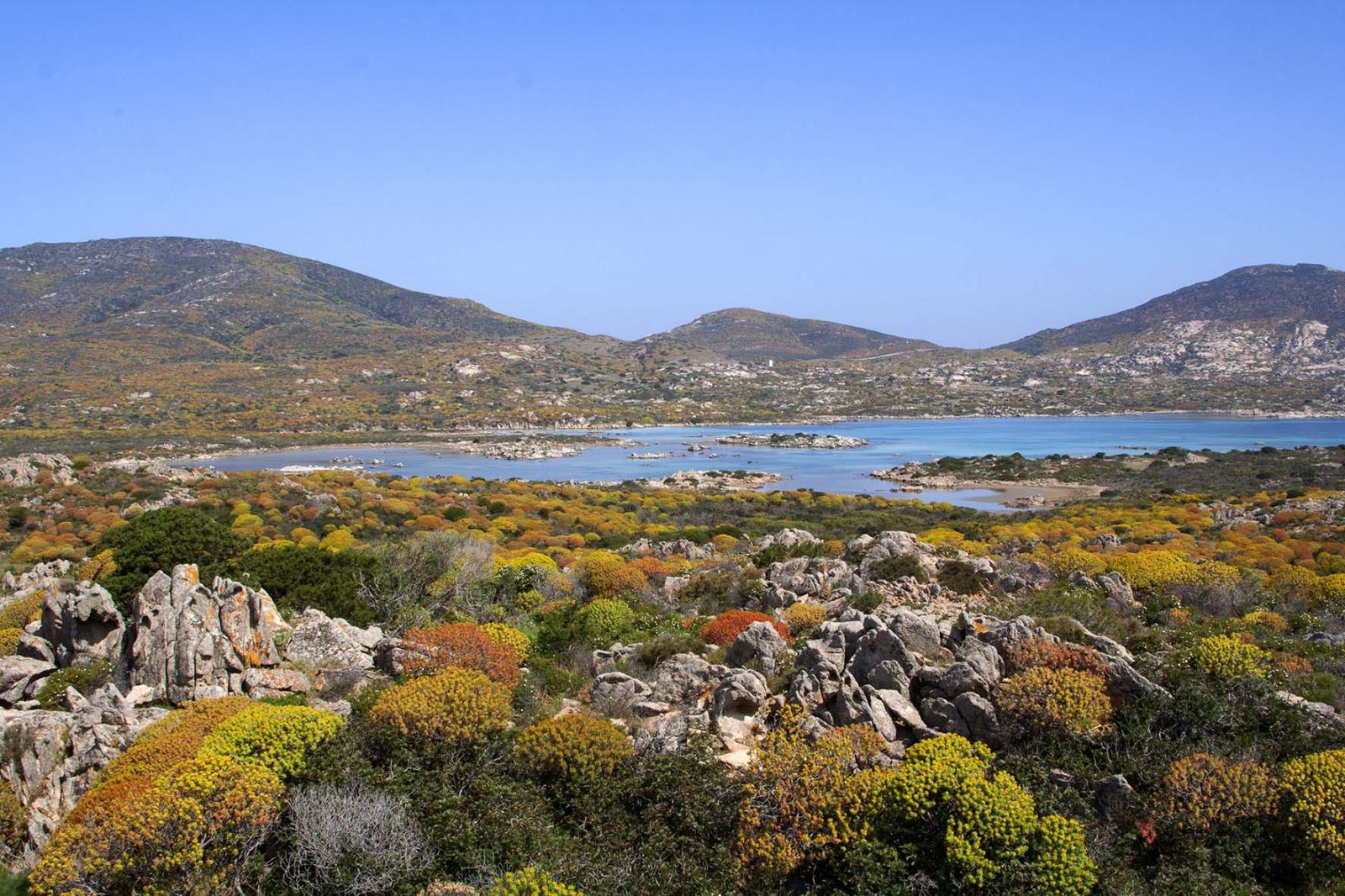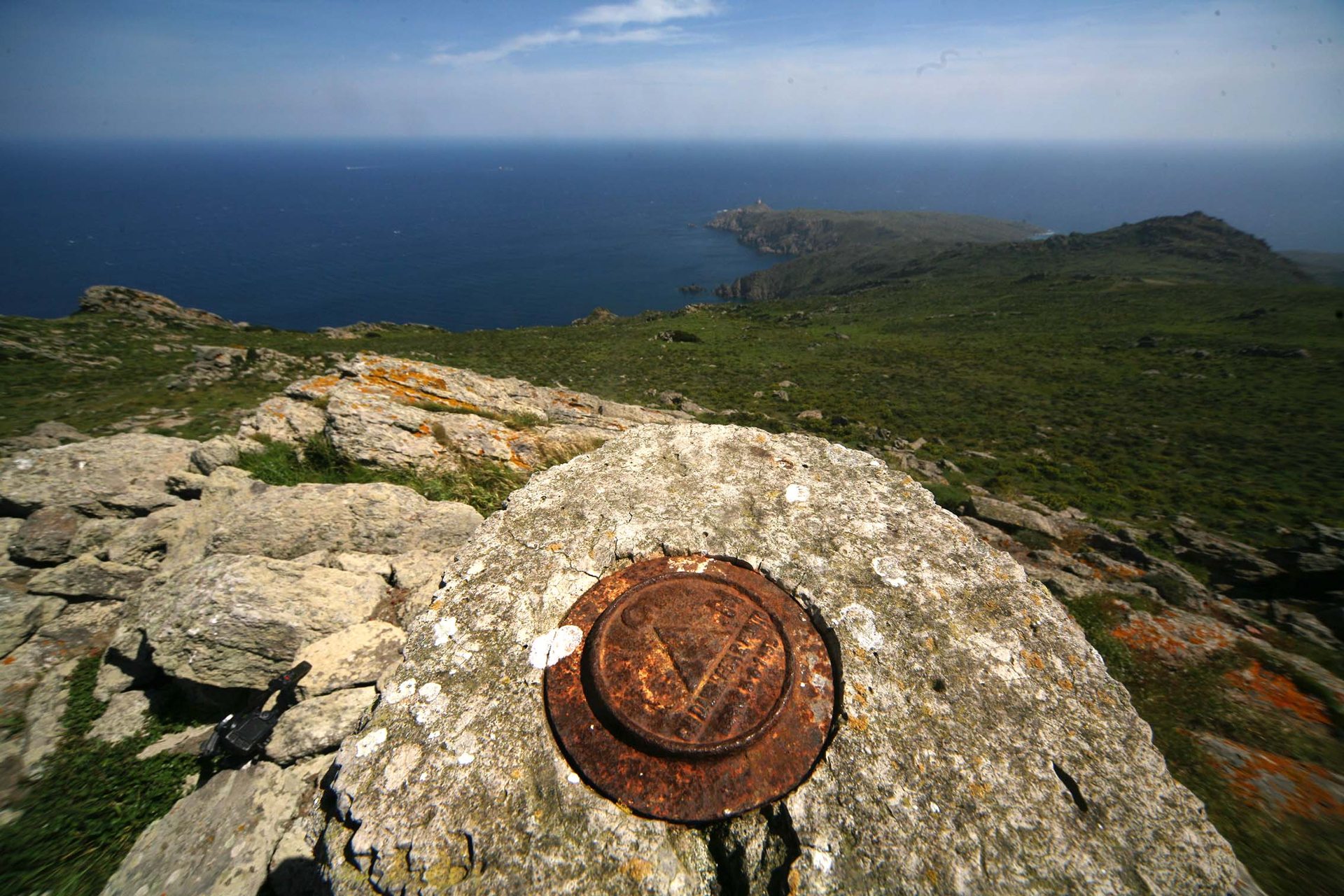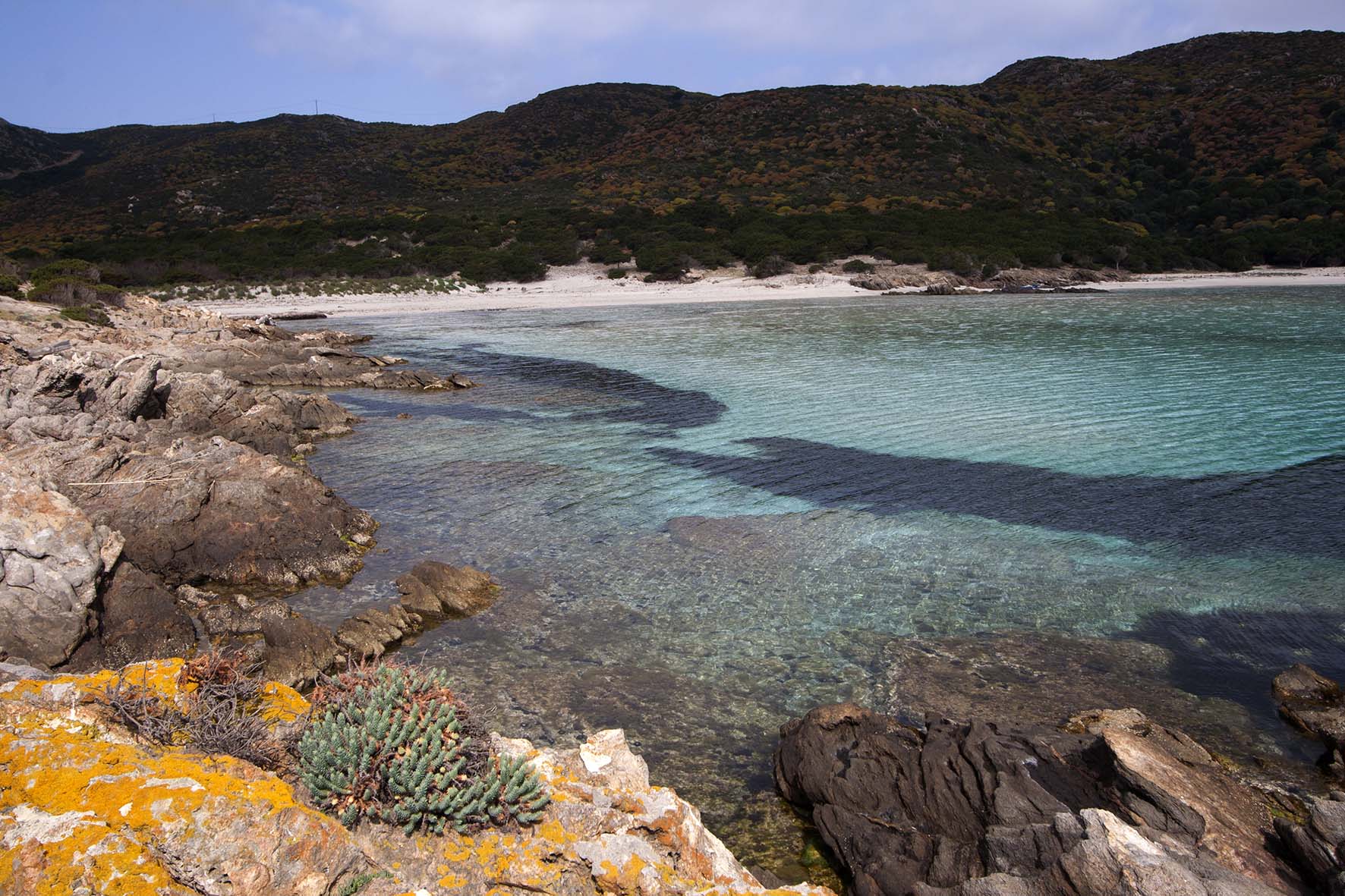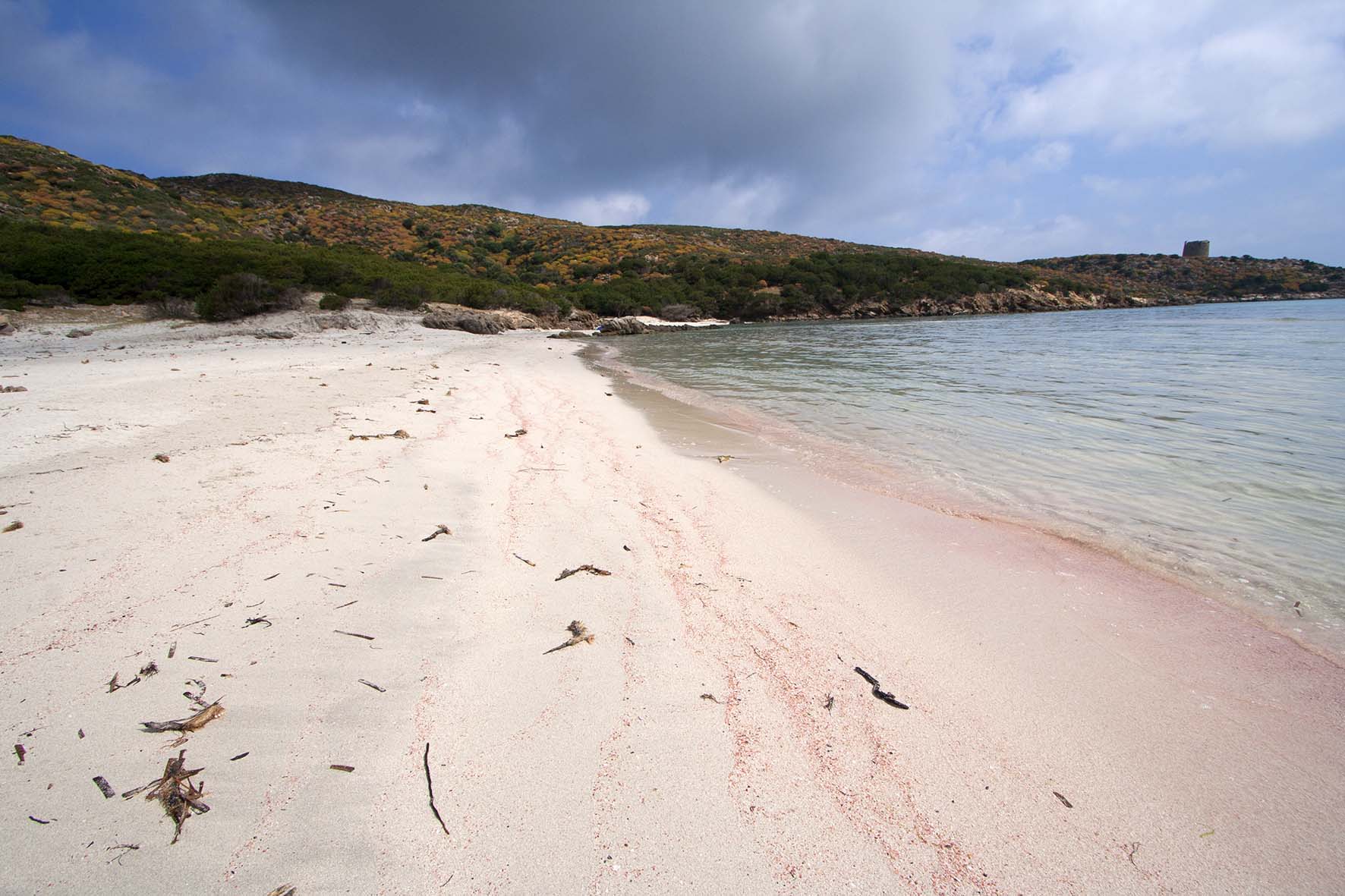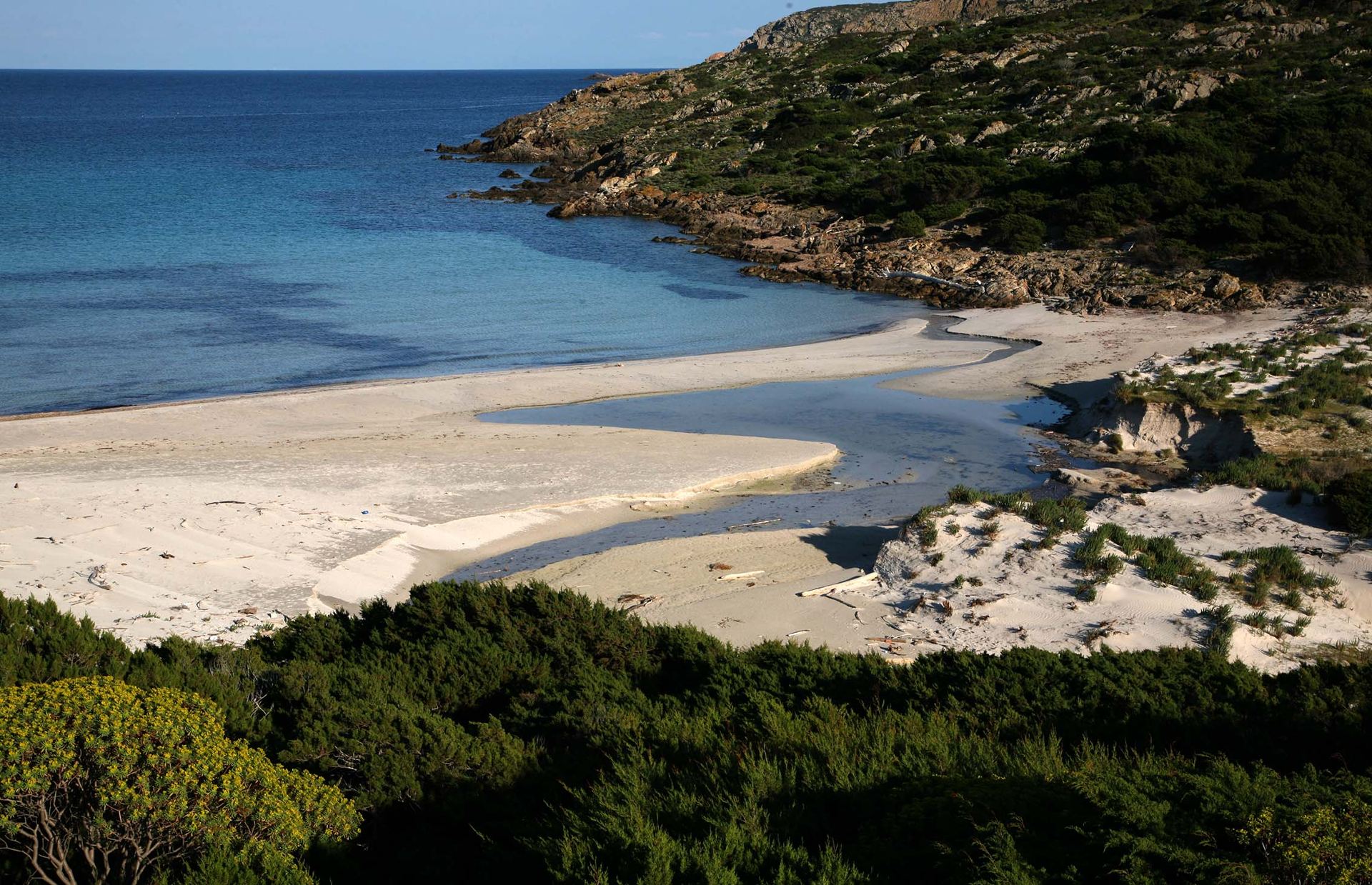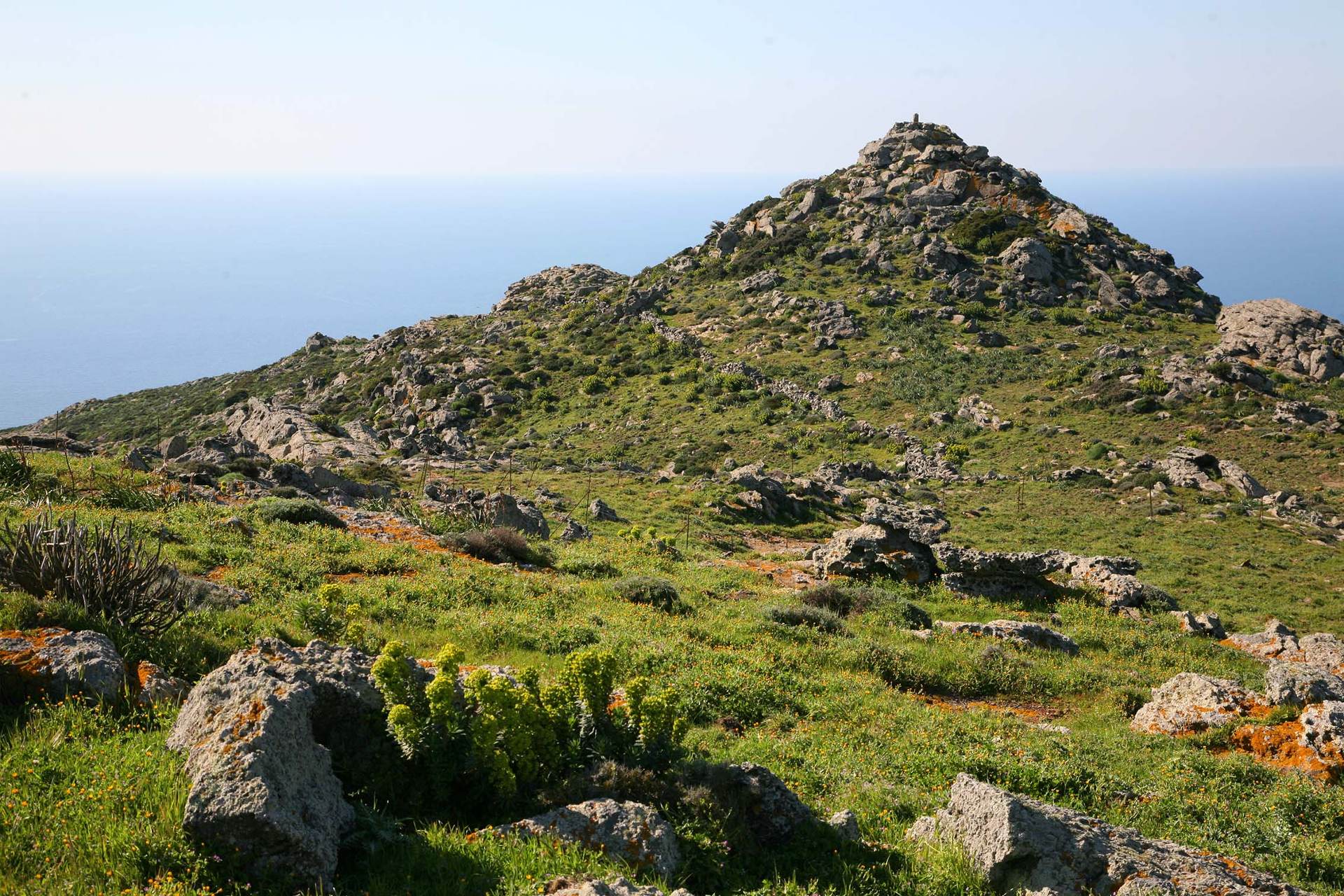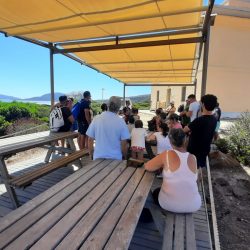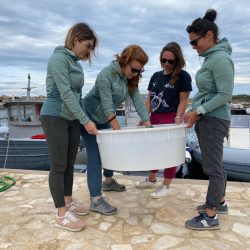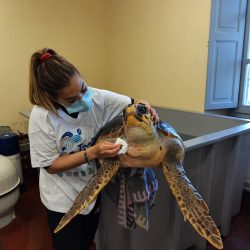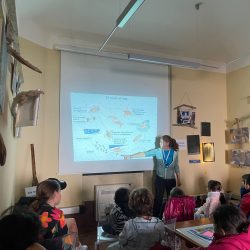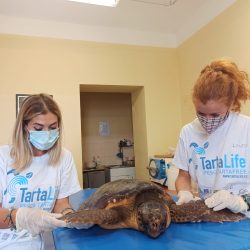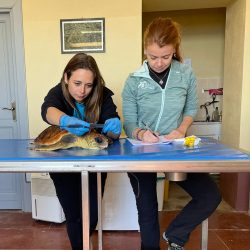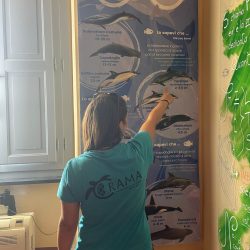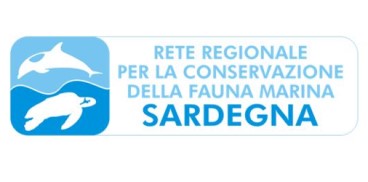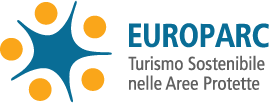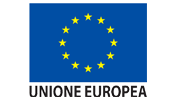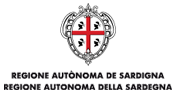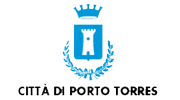Asinara Park
Sea Observatory - Cala Reale
Marine Animal Recovery Center and the Observatory.
The Sea Observatory came into operation in July 2012 after restoration and rehabilitation works on the entire building and with the functional distribution of spaces for the new use of the Former Lightshipmen’s House, as well as the rehabilitation of the surrounding areas and the execution of some works at sea. The structure, built in the first decade of 1900 with the destination of “accommodation of the lightmen” in the employ of the Ministry of the Navy, located about 600 meters from Cala della Reale in the direction of Fornelli, was intended as an “Observatory” to allow visitors to the Marine Protected Area and Asinara National Park, to be able to approach the marine world with the realization of a structure, part of the Network for Environmental Education of Asinara, within which is housed, the Marine Animal Recovery Center of Asinara National Park and MPA “Asinara Island.”
In addition, among the various objectives that the Sea Observatory has are those of management and enhancement of the marine environment, dissemination of knowledge and vocational training in marine fisheries, as well as promotion of educational activities and research on the sea.
The building is structured on three levels:
Outpatient clinic
The Recovery Center is equipped with a veterinary room complete with operating room, dark room, digital x-ray equipment, which makes it possible to develop the x-rays to which the animal subjected to theintervention by the Center’s veterinarian; all specialized laboratory equipment: Microscope, microhematocrit centrifuge, serum centrifuge, autoclave, scale, examination table.
Bathrooms
On the ground floor of the Sea Observatory, there are two rooms equipped with 3 modular tanks each for the hospitalization of animals that are injured or in need of treatment, one of which is not accessible to visitors so that the suffering animals do not suffer additional stress. All tanks are equipped with a seawater filtration and purification system, with a pipe to discharge directly into the sea. A seawater intake pump has been placed in the bay located near the Center to fill the inpatient tanks.
Interactive Exhibition
On the second floor of the Sea Observatory is an interactive exhibition, which illustrates the different activities carried out by the CRAMA Association: the Red lobster protection and restocking project, the activity of cetacean monitoring, within the Asinara Island MPA and the Steps related to the recovery, diagnosis, hospitalization, and release of sea turtles found in difficult conditions in our area of responsibility. At the exhibition, it is also possible to try to reproduce some of the technical/practical procedures performed by the association, particularly the acquisition of biometric data of red lobster specimens and effort data of cetacean monitoring, including also the photo-identification of specimens sighted during the sea outing.
Bay
Most of the hospitalized turtles are severely injured due to impact with fishing tools or boats, or debilitated and undernourished due to unfavorable environmental factors. This often involves a very long period of hospitalization, and rehabilitation is therefore necessary before animals can be returned to the wild in areas suitable for their survival. This led to the need to identify a stretch of sea that could serve as an area for the rehabilitation of sea turtle individuals. The stretch of sea identified for this purpose is the one in front of the facility at the eponymous jetty, endowed with an area of 485 square meters and about 100 meters away from the designated premises. Such a stretch of sea is renamed “Turtle Bay.”
In addition to the recovery and care of accidentally captured specimens, the Center is also involved in monitoring nesting sites and monitoring and studying other species, including small cetaceans and sharks.
The operating staff consists of a manager, a veterinarian who is in charge of health management, and a technical worker, who have undergone specific training courses. The technical structure of the Marine Protected Area “Asinara Island” is also involved in the management of the center.
The Observatory is part of the Network for the Recovery and Care of Marine Fauna in Distress. The project came about thanks to the collaboration of the Nature Protection Service of the Environmental Defense Department of the Autonomous Region of Sardinia, which together with the Marine Protected Areas of Sardinia and the two National Parks.
Contact
CRAMA Association
Tel. +39340 816 1772
Public opening hours (visit to the Center by appointment)
morning 10:30 am – 1:00 pm
afternoon 14:00 – 16:00
